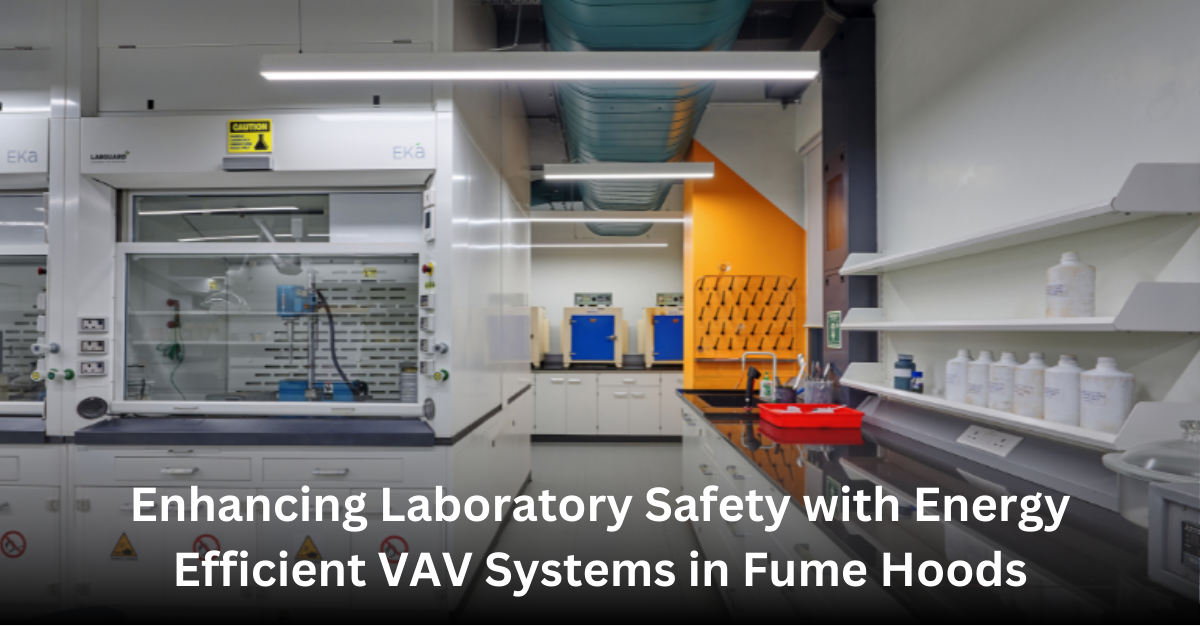Introduction
Air quality within a laboratory significantly impacts safety, especially when handling hazardous chemicals that emit dangerous vapors. Automated VAV systems in fume hoods are essential for maintaining a safe working environment. This article explores how these systems function to enhance laboratory safety.
The Importance of VAV Systems in Laboratories
Consistent monitoring of air quality in laboratories where fume hoods are used is crucial. It ensures that harmful chemicals are efficiently vented and that the air within the lab remains safe for personnel. Automated monitoring systems provide continuous surveillance without the need for manual intervention, increasing the reliability of safety measures.
Features of Automated VAV Systems
- Airflow Control Systems: Modern fume hoods often include sophisticated airflow control systems like Variable Air Volume (VAV) systems. These systems adjust the air volume based on the sash height and the operations performed, minimizing energy usage while maximizing safety.
- Real-Time Monitoring: These systems provide continuous feedback on the concentration of various chemicals in the air, ensuring that they stay within safe limits.
- Integration with Ventilation Systems: Automated systems can be integrated with the lab’s HVAC system, adjusting ventilation rates based on the detected air quality to optimize energy use and maintain safety.
- Energy Saving: VAV systems saves about 30-40 % energy
- Alerts and Notifications: In the event of air quality deteriorating beyond safe thresholds, the system automatically alerts laboratory personnel and initiates emergency ventilation procedures.
LabGuard’s Role in VAV Systems
LabGuard integrates cutting-edge VAV systems into the fume hoods, providing laboratories with:
- Advanced Sensors: We equip fume hoods with high-sensitivity sensors capable of detecting a wide range of chemical vapors at low concentrations.
- Data Logging and Analysis: Our systems log data over time, allowing for trend analysis and helping identify potential sources of chemical leaks or inadequate ventilation.
- Customizable Settings: Laboratories can set thresholds specific to their safety requirements, ensuring that alerts and responses are appropriately calibrated.
Conclusion:
Automated VAV systems in fume hoods are crucial for ensuring laboratory safety, allowing for real-time detection and management of hazardous conditions. LabGuard’s advanced solutions offer labs not only protection but also a means to optimize operational efficiency and energy consumption.
If you’re looking to enhance your laboratory’s safety with state-of-the-art VAV systems, reach out to LabGuard. Our experts are ready to help you implement the most effective safety measures, ensuring a safe environment for all lab activities.


